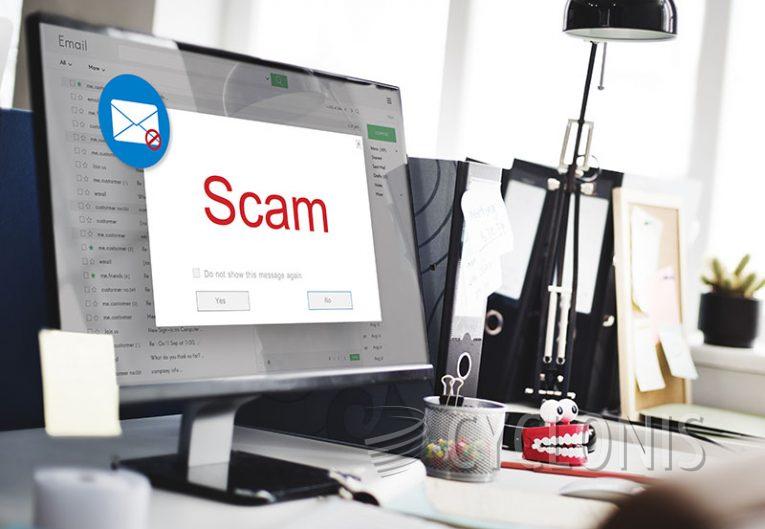'HR Department Shared A File With You' Email Scam

Upon examining the email titled "HR Department Shared A File With You," it became evident that this email is indeed spam. Its deceptive intent is to lure recipients into visiting a phishing website designed to replicate their email account login page, all under the guise of HR (Human Resources) sharing a file.
The fraudulent email falsely asserts that the recipient has received a file from the Human Resources department, with the file's name including the term "Payslip." It is vital to emphasize that these claims are entirely false, and this email has no association with any legitimate entities.
When we clicked on the "Open" button within the email, it led to a redirection to a phishing site mimicking the recipient's email login page. Any login credentials entered on this fraudulent page are captured and transmitted to the scammers. Beyond compromising email credentials, cybercriminals may also gain access to the content stored within these accounts.
Furthermore, these scammers can misuse the identities of individuals with social accounts (e.g., emails, social networking, social media, messaging platforms, etc.) to solicit loans, donations, promote fraudulent schemes, and disseminate malware through the sharing of malicious files or links.
In addition, financial accounts (e.g., online banking, e-commerce, cryptocurrency wallets, etc.) can be manipulated for unauthorized transactions and online purchases. Moreover, if sensitive or compromising content is discovered within the hijacked data storage or similar platforms, it could be exploited for blackmail or other illicit activities.
How Can You Recognize a Scam Email?
Recognizing a scam email can help you protect yourself from various types of online fraud and phishing attempts. Here are some common signs to look for when identifying a scam email:
- Generic Greetings: Scam emails often begin with generic greetings like "Dear User" or "Hello Customer" instead of addressing you by name. Legitimate organizations usually personalize their emails.
- Spelling and Grammar Errors: Scam emails may contain spelling mistakes, grammatical errors, and awkward language. Legitimate organizations typically maintain professional writing standards.
- Suspicious Sender's Email Address: Check the sender's email address. Be cautious of email addresses that use misspelled domain names or free email hosting services (e.g., gmail.com, yahoo.com) for official communications.
- Urgent or Threatening Language: Scam emails may use language designed to create a sense of urgency or fear, such as threats of account closure or legal action. Legitimate organizations communicate in a more professional and respectful manner.
- Unsolicited Attachments or Links: Be wary of email attachments or links in unsolicited emails, especially if you weren't expecting them. Hover over links without clicking to see the actual URL. Scammers may use look-alike domains.
- Requests for Personal or Financial Information: Legitimate organizations do not typically request sensitive personal or financial information via email. Be cautious if you're asked to provide such information.
- Too Good to Be True Offers: Scam emails may promise incredible deals, prizes, or financial opportunities that seem too good to be true. Exercise skepticism when encountering such offers.








